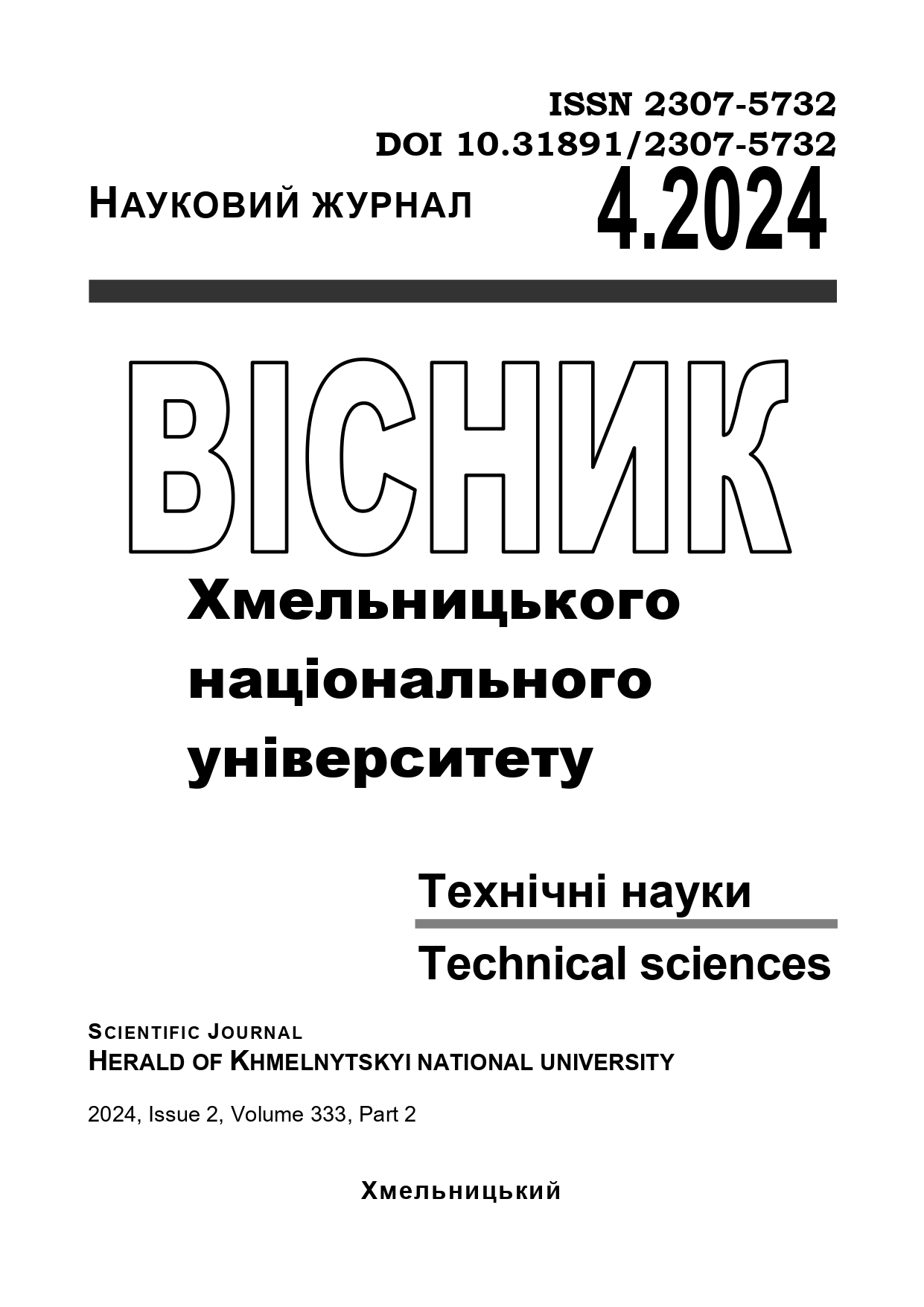USE OF DRONES AND ROBOTS IN RESCUE OPERATIONS AND NATURE USE
DOI:
https://doi.org/10.31891/2307-5732-2024-339-4-55Keywords:
drones, robots, rescue operations, environmental monitoring, high-resolution camera, geosystemAbstract
The article focuses on the revolutionary impact of drones and robotics on the field of rescue operations and nature management, highlighting a wide range of applications of these technologies. By describing various aspects of the use of unmanned aerial vehicles, the paper opens up new horizons for data collection, surveillance and assistance in environments previously considered impassable or dangerous for humans. Drones are equipped with state-of-the-art equipment, including image acquisition and storage systems, satellite navigation, command-and-control navigation systems, and on-board computing systems, allowing them to perform advanced functions in environmental monitoring, geological exploration, evacuation, and more. The article highlights the significant advantages of drones for environmental monitoring, allowing to obtain highly detailed topographic information that can be quickly integrated with GIS/CAD systems for accurate analysis and planning. Despite the high cost of some advanced systems, such as combined thermal imaging systems, radar systems offer a cost-effective solution for data collection in difficult weather conditions. The scientific novelty of the research consists in the development and analysis of integrated technological solutions that significantly expand the capabilities of traditional methods of rescue operations and natural resource management. For the first time, a comprehensive study was conducted, covering the development, testing and implementation of specialized algorithms and software for automating the processes of data collection, data analysis and performance of tasks in complex and dangerous environments where the use of human resources is limited or impossible. The practical value of the research has a significant impact on optimizing and increasing the efficiency of solving a number of key tasks in the fields of emergency and rescue operations, environmental monitoring, the agricultural sector, natural resource management and response to emergency situations. The use of drones and robotic systems allows for rescue missions in dangerous or hard-to-reach areas, reducing risks to people's lives and health.

